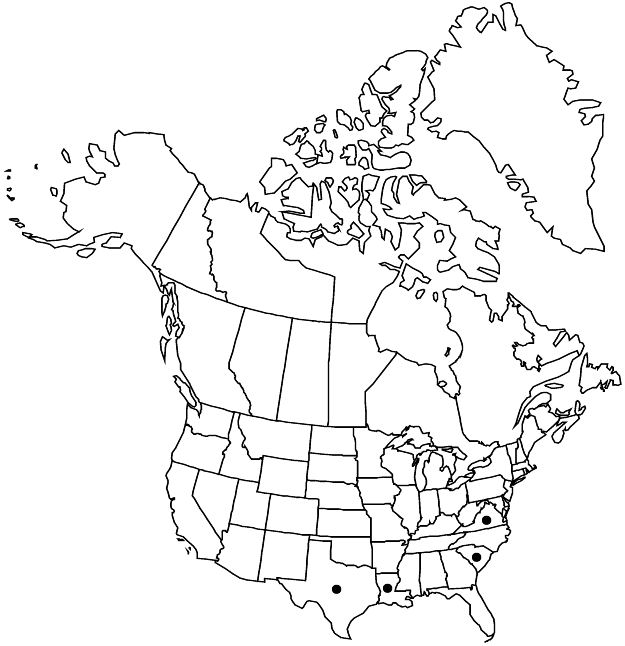Difference between revisions of "Tamarix africana"
Voy. Barbarie 2: 139. 1789.
FNA>Volume Importer |
imported>Volume Importer |
||
| (2 intermediate revisions by 2 users not shown) | |||
| Line 28: | Line 28: | ||
|elevation=0–300 m | |elevation=0–300 m | ||
|distribution=La.;S.C.;Tex.;Va.;s Europe;n Africa;introduced also in w Europe (England). | |distribution=La.;S.C.;Tex.;Va.;s Europe;n Africa;introduced also in w Europe (England). | ||
| + | |introduced=true | ||
|tables= | |tables= | ||
|references= | |references= | ||
| Line 51: | Line 52: | ||
|publication year=1789 | |publication year=1789 | ||
|special status=Introduced | |special status=Introduced | ||
| − | |source xml=https:// | + | |source xml=https://bitbucket.org/aafc-mbb/fna-data-curation/src/2e0870ddd59836b60bcf96646a41e87ea5a5943a/coarse_grained_fna_xml/V6/V6_784.xml |
|genus=Tamarix | |genus=Tamarix | ||
|species=Tamarix africana | |species=Tamarix africana | ||
Latest revision as of 22:23, 5 November 2020
Shrubs or trees, to 5 m. Leaves: blade lanceolate, 1.5–2.5 mm. Inflorescences 3–7 cm × 5–9 mm; bract exceeding pedicel, rarely exceeding calyx tip. Flowers 5-merous; sepals 1.5 mm, margins subentire; petals ovate, 2–3 mm; antisepalous stamens 5, filaments confluent with nectar disc lobes, all originating from edge of disc. 2n = 24.
Phenology: Flowering spring–late summer.
Habitat: Ocean shorelines, riverways, waste areas, sandy soil
Elevation: 0–300 m
Distribution

Introduced; La., S.C., Tex., Va., s Europe, n Africa, introduced also in w Europe (England).
Discussion
Selected References
None.
Lower Taxa
None.